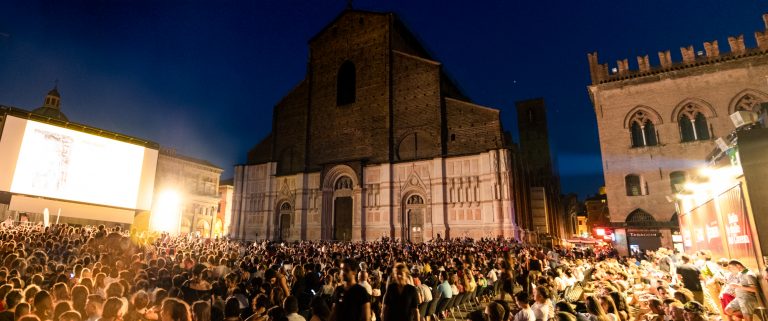
It hits about 95F (35C) in the middle of summertime in Bologna, in the Emilia-Romagna region of Italy. Throw in a dollop of moisture from the Adriatic, and it gets very muggy as well. Nothing close to the 109F that California hit this past few weeks, but still quite uncomfortable. While walking around the narrow, picturesque streets of this city towards the oldest university in the world, in early August, we could empathize with a boiling crab.

The Bolognese, forward thinking and rich as they were, decided to throw money and architectural prowess at the problem. Cover their walkways for miles on end, ensuring no one gets hampered by the beating sun, cascading snow or the pouring rain as they make their way from any point to any destination all across the city.

They were built tall enough to allow for a horse-riding human to easily pass through them as well. As a side benefit, they managed to extend the higher floors of their houses a bit further out, boosting square footage dramatically.

The historic center of Bologna, within the city walls, contains more than 24 miles of cumulative covered walkways, including the longest in the world at almost 4km in length. These porticoes were built starting about the 11th century, when the University of Bologna was established, and continue building till the present day.
As they spanned centuries, their architectural styles and construction materials varied dramatically – from being ornate stone Corinthian to plain rectangular wood (which was banned as a material starting 1363 because of evolving fire-code).

This year, in 2020, the city of Bologna has made a renewed official attempt to place these porticoes on the UNESCO World Heritage Site list. Let’s hope they make it.


